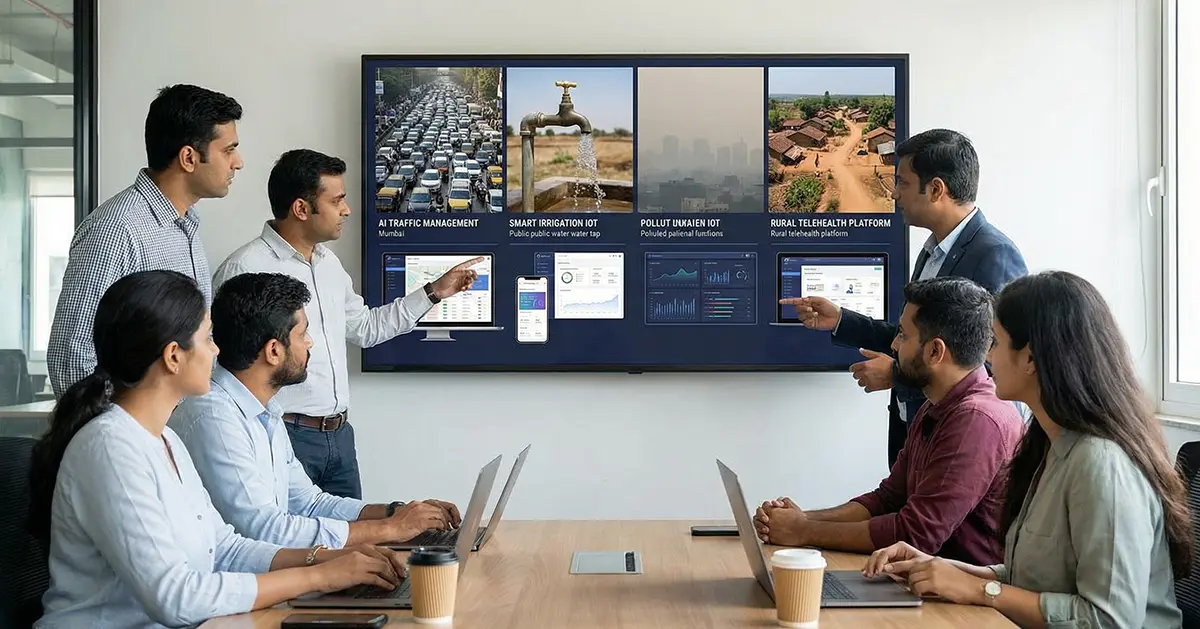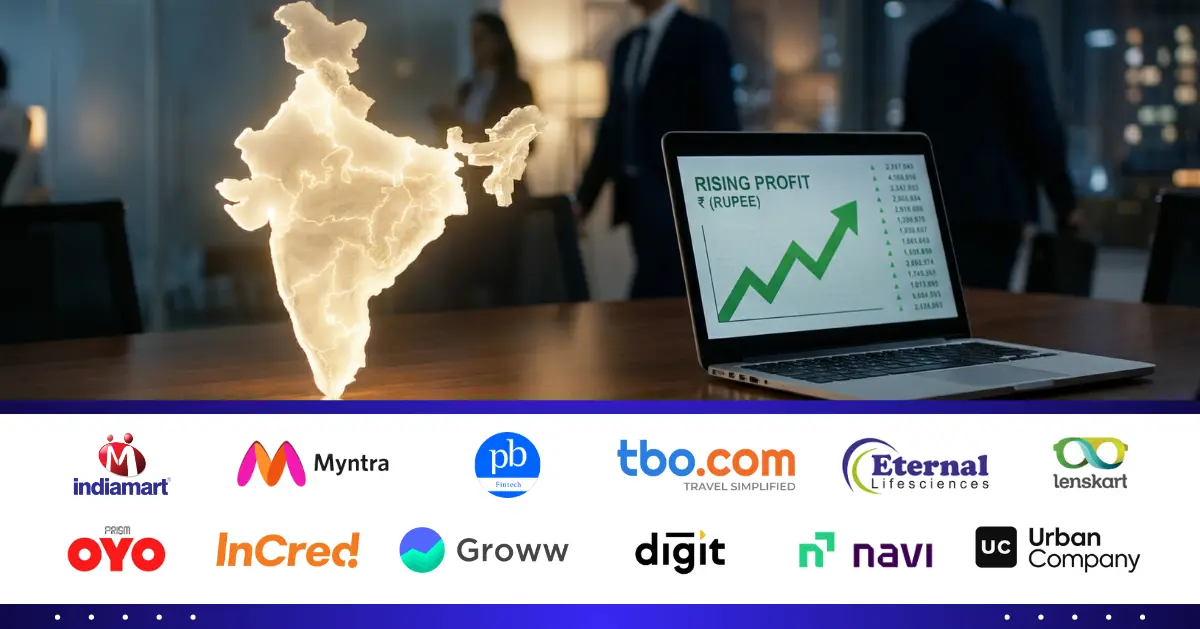
Introduction
The evolution of digital commerce has significantly transformed how transactions are conducted. With a surge in internet usage and smartphone penetration in India, the demand for fast, secure, and reliable payment methods has never been higher. Payment Gateway Integration is the process that allows businesses to accept electronic payments through their websites or mobile applications. Whether you are a small startup or an established enterprise, integrating multiple payment gateways can enhance your ability to process online payments, manage transaction processing effectively, and leverage cutting-edge fintech solutions to stay ahead in the competitive market.
As digital payments continue to evolve with innovations such as Unified Payments Interface (UPI) and mobile wallets, businesses must keep pace with the latest updates and trends. This guide breaks down the essentials of payment gateway integration in a simple and clear manner, tailored to the Indian context.
What is Payment Gateway Integration?
Payment Gateway Integration refers to the process of connecting a payment gateway service provider with your website or application, enabling it to securely process electronic payments. This integration allows businesses to accept various forms of online payments such as credit/debit cards, net banking, UPI, and mobile wallets. By implementing effective integration, you can offer your customers multiple payment options while ensuring that transaction processing is handled efficiently and securely.
At its core, Payment Gateway Integration bridges the gap between your business and financial institutions. It acts as an intermediary that verifies the customer’s payment details, processes the payment, and then communicates with the banks to transfer funds. In addition to enhancing the customer experience, this integration plays a critical role in managing the backend financial operations of your business.
How Payment Gateways Work in Online Transactions
Understanding the workflow of payment gateways is key to appreciating the value of Payment Gateway Integration. Here’s a simplified overview of how payment gateways facilitate online payments:
- Customer Initiation: When a customer decides to make a purchase on your website, they select a payment method. The payment gateway encrypts the transaction data to protect sensitive information.
- Authorization: The encrypted data is sent to the payment gateway, which then forwards the request to the issuing bank for authorization. The bank checks for sufficient funds and verifies the transaction details.
- Transaction Processing: Once the issuing bank approves the transaction, the payment gateway communicates back to your website, confirming the payment. This step involves rigorous transaction processing to ensure accuracy and security.
- Settlement: After authorization, the funds are transferred from the customer’s bank account to your merchant account, concluding the transaction.
Throughout this process, fintech solutions and robust encryption protocols work together to safeguard financial data and ensure a smooth payment experience. In the Indian market, the integration of technologies like UPI has further revolutionized the way these transactions are carried out, making Payment Gateway Integration an indispensable tool for modern businesses.
Steps to Integrate a Payment Gateway for Your Business
Integrating a payment gateway can seem daunting, but breaking it down into manageable steps makes the process more approachable. Here are the key steps to successfully implement Payment Gateway Integration in your business:
- Research and Select a Provider: Start by researching multiple payment gateway providers. Consider factors like transaction fees, ease of integration, customer support, and available payment options. Look for providers that offer robust transaction processing and support a range of online payments.
- Register and Set Up an Account: Once you choose a provider, register for a merchant account. In India, many providers also assist with regulatory requirements, ensuring your business complies with local norms.
- API Integration: Most payment gateway providers offer APIs (Application Programming Interfaces) that allow your website or application to connect with their services. Follow the provider’s documentation to integrate these APIs into your system. This is the core of Payment Gateway Integration.
- Testing the Integration: Before going live, perform thorough testing in a sandbox environment. This step is crucial to verify that your system handles transaction processing correctly and that all online payments are executed smoothly.
- Go Live: After successful testing, deploy the integration on your live website. Ensure that you have monitoring tools in place to track transaction performance and quickly resolve any issues.
- Monitor and Optimize: Once live, continuously monitor the performance of the payment gateway. Use analytics to understand user behavior, improve the payment process, and explore additional fintech solutions that can enhance your overall payment experience.
By following these steps, you can ensure that your Payment Gateway Integration is seamless, secure, and tailored to meet the unique demands of the Indian market.
Best Payment Gateway Providers in India
India boasts a dynamic fintech landscape with several leading payment gateway providers. Here are some of the best options available:
- Razorpay: Known for its user-friendly interface and extensive features, Razorpay supports multiple payment modes including UPI, credit/debit cards, and net banking. It is a popular choice for startups and large enterprises alike.
- Paytm: As one of the most recognized names in digital payments in India, Paytm offers comprehensive solutions for online payments. Its integration is straightforward, and it is backed by robust transaction processing systems.
- CCAvenue: With a wide range of payment options and a high success rate, CCAvenue is a trusted name in Payment Gateway Integration. Its platform is particularly well-suited for businesses that require multiple payment channels.
- Instamojo: Targeted at small businesses and startups, Instamojo provides an easy integration process along with cost-effective solutions for managing online payments and transaction processing.
These providers are continuously updating their platforms to offer enhanced fintech solutions and better security features, ensuring that businesses can rely on them for efficient Payment Gateway Integration.
Security and Compliance Considerations in Payment Integration
When implementing Payment Gateway Integration, security and compliance are of utmost importance. Here are key considerations to keep in mind:
- PCI-DSS Compliance: Ensure that the payment gateway adheres to the Payment Card Industry Data Security Standard (PCI-DSS). This global standard mandates the secure handling of cardholder data and minimizes the risk of fraud during transaction processing.
- Data Encryption: Data encryption during transmission and storage is crucial. Look for providers that use advanced encryption protocols to protect sensitive payment information during online payments.
- Regulatory Compliance: In India, businesses must comply with guidelines set forth by the Reserve Bank of India (RBI) and other regulatory bodies. This includes adhering to KYC (Know Your Customer) norms and other anti-money laundering measures.
- Regular Security Audits: Choose a payment gateway that undergoes frequent security audits. This proactive approach helps in identifying and mitigating vulnerabilities before they can be exploited.
- Integration Security: While integrating the gateway, ensure that your website or app follows best security practices. Secure API endpoints, regular software updates, and secure hosting are all critical components of a robust Payment Gateway Integration system.
By focusing on these aspects, you can ensure that your payment processes are not only efficient but also secure, providing peace of mind for both your business and your customers.
Conclusion
Payment Gateway Integration is no longer a luxury but a necessity for businesses operating in today’s digital marketplace. With the rise in online payments, efficient transaction processing, and the availability of innovative fintech solutions, integrating multiple payment gateways can significantly enhance your customer experience and streamline your business operations.
Whether you are launching a new website or upgrading your existing payment system, the steps and considerations outlined in this guide will help you achieve a smooth and efficient Payment Gateway Integration process that caters to the evolving needs of your customers.
At RegisterKaro, we simplify the complexities about integrating payment gateways with your business and other finance related topics. For more information on this topic or more such finance related topics, visit our services page or contact our support team directly.




